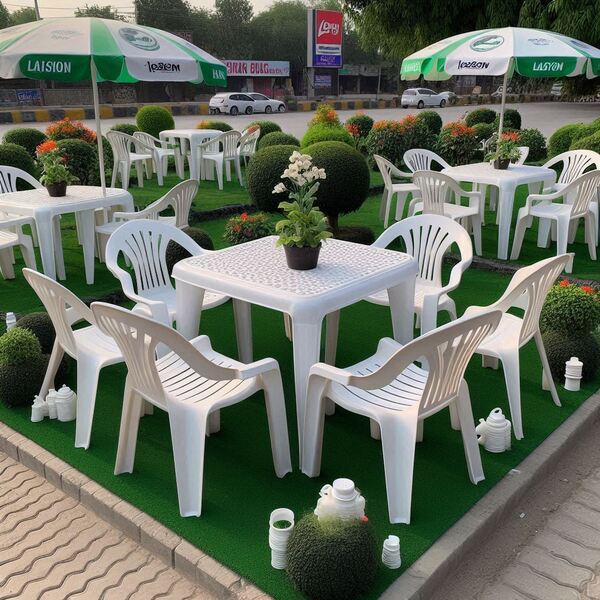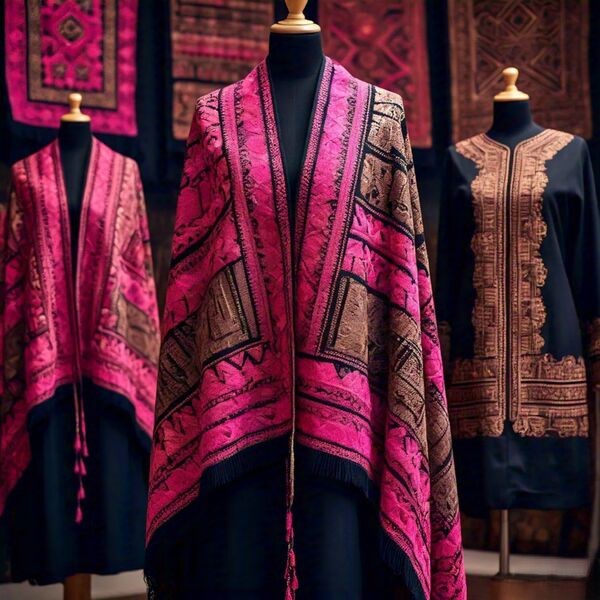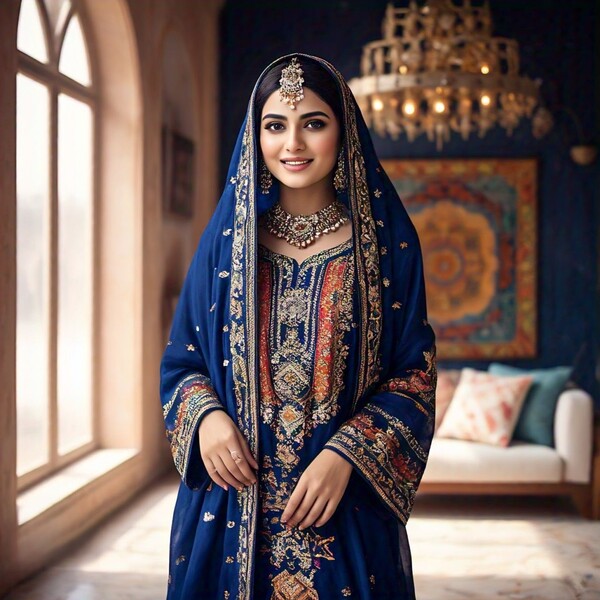Pashmina Shawls
Pashmina Shawls - Stoles and products
Pure hand-made pashmina shawls and stoles and other products are in a variety of types vis-a-vis plain solid colors, woven with silk and embroidered with motifs. Pashmina is a fine spun fabric from animal hair found in the Northern Areas of Pakistan.
Pashmina Shawls: Origins,
Types, Material, and Embroidery
Origins
Pashmina shawls originated in the Himalayan regions of South Asia, where
artisans began crafting them from the undercoat of Capra hircus goats,
native to high-altitude areas. Historically, Pashmina was a luxury textile,
prized by royalty and crafted into shawls with symbolic motifs.
Types of Pashmina Shawls
- Plain Pashmina – Known for its simple elegance, featuring minimalistic beauty.
- Embroidered Pashmina – Includes intricate designs, typically floral or paisley.
- Kalamkar Pashmina – Hand-painted, offering artistic, vibrant designs.
Material
The material used is 100% Pashmina wool, hand-spun and known for its warmth,
softness, and lightweight feel. The delicate undercoat fibers are incredibly
fine (usually between 12-16 microns), giving the shawls a luxuriously soft
texture.
Embroidery Types
- Sozni Embroidery – Fine needlework, often creating patterns that reflect Kashmir’s rich culture.
- Papier Mâché – Thick, colorful designs resembling traditional papier-mâché art.
- Aari Work – Chain-stitch embroidery for more elaborate, dense patterns.
Each Pashmina shawl from Pakistan reflects a blend of heritage and artistry, making it a cherished accessory worldwide.
Pashmina Shawls - Plain, Woven or Embroidered
 Pashmina Shawls
Pashmina ShawlsShawls, as favorite pashmina products, are traditional wraps that originate from the Northern Areas of Pakistan, as well as from Nepal. Colorful, classy and a must for any wardrobe. In the North, these are exquisitely embroidered with unique patterns.
Shawls are made as wraps, stoles and scarves. Added as fashion accessories, can be worn with traditional Pakistani wear as well as western dresses - adding charm and style to any outfit. These luxurious shawls provide warmth despite their light weight and sleek look.
Pashmina Shawls - Pashmina Stoles, Wraps and Scarves
In pure and in silk blends these are ideal for smart western outfits. In solid and rich colors, as well as pastel shades, these add elegance to any dress or suit.
For the light winter season, stoles and scarves are a lovely addition to any ensemble. For cooler winter seasons, beautiful plain in solid colours or with hand embroidered motifs adds warmth and a dressy and chic look to any outfit.
Pashmina scarves are a practical yet chic way of covering the head to ward off cold air and can be worn along with caps, around the neck, the shoulders and as a haed sacrf too.
Pashmina Shawls - Woven
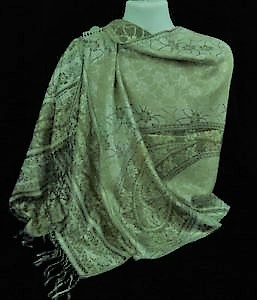 Pashmina Shawls - Woven
Pashmina Shawls - WovenWoven Pashmina shawls are meticulously crafted using traditional hand-loom techniques that create a smooth, lightweight fabric known for its exceptional softness and warmth. Artisans use fine Pashmina wool, resulting in shawls that exude luxury and sophistication. These pieces often come in natural shades or feature subtle patterns woven into the fabric, highlighting the skill and heritage behind each creation. Woven Pashmina is ideal for those who appreciate understated elegance combined with timeless craftsmanship.
The woven types are very stylish to add a dash of patterns on plain ensembles. The patterns cover the entire length of the shawl or stole, in rich or pastel combination. The patterns can be worn on both sides in different color tones. These are made like the Banarsi fabric on looms but with woolen and silk fiber. The quality of fabric is very fine and soft to touch.
Pashmina Shawls and Stoles - Embroidered
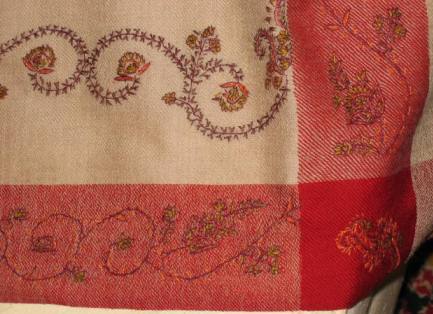 Hand Embroidered Border
Hand Embroidered BorderThe most popular patterns are with the classic Kashmiri embroidery - floral and paisley designs and on solid colors. These patterns are also run along the borders. Hand made with intricate designs, these were considered the luxury fashion accessory for the nobility.
The most elegant and light yet very warm is the Shahtoosh (Shah Tosh or the fabric/garment/covering of royalty) shawl. These shawls are beautiful and warm as a plain woven piece or as exquisitely embroidered master pieces. These are very expensive and rare to find. Made from the hair of the Chiru (Tibetan Antelope); this art work had to be banned to save guard the dwindling and endangered specie.
 Pashmina Stoles
Pashmina Stoles Pashmina Scarves
Pashmina Scarves Pashmina Shawls
Pashmina ShawlsPashmina Shawls - Kalamkaar
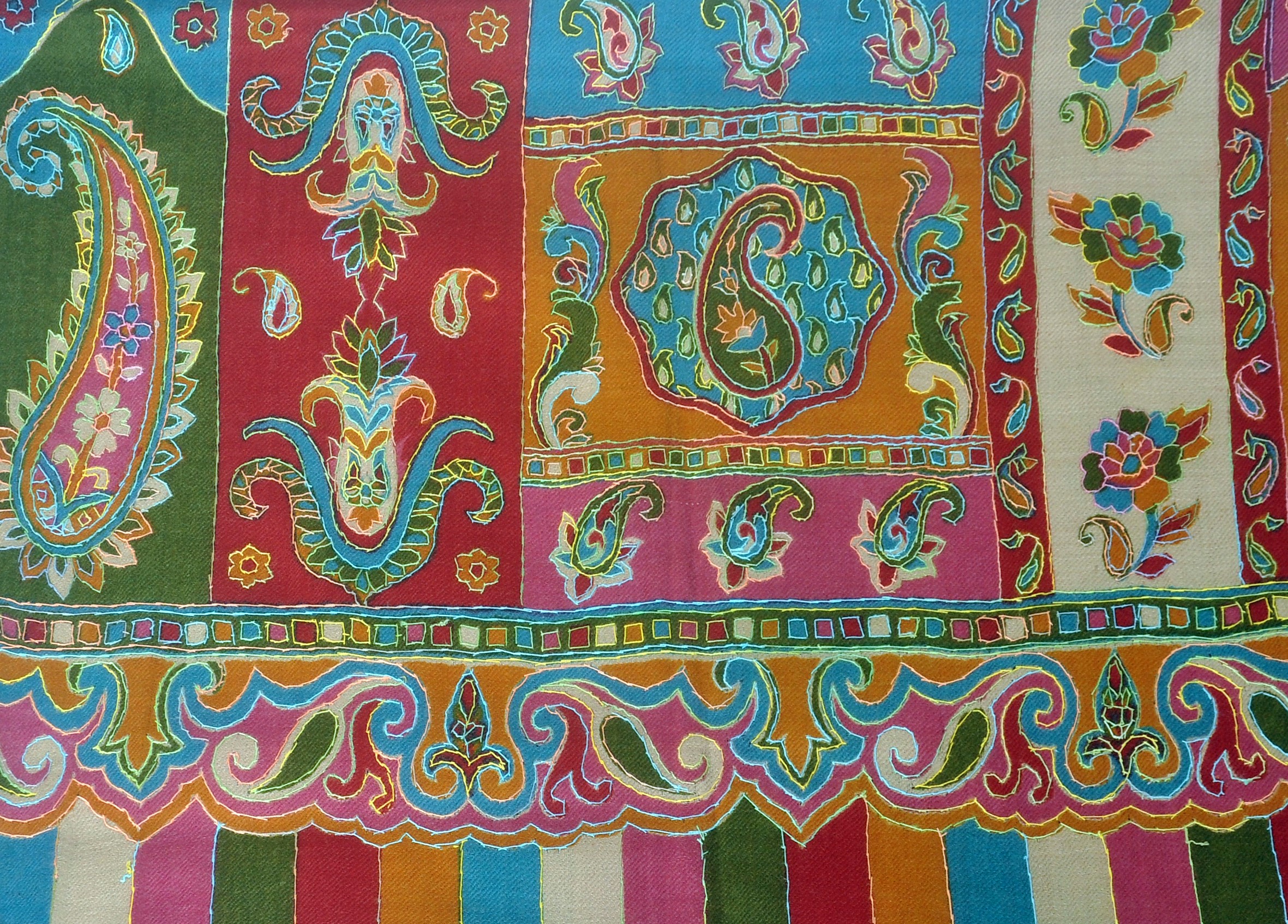 Kalamkar - Hand Embroidered
Kalamkar - Hand EmbroideredPashmina shawls and stoles come in various beautiful colours both plain and with embroidered motifs.
There are fully embroidered ones, with floral and paisley patterns. Multicolored patchwork pashmina shawl with full embroidery called Kalamkaar is a unique ethnic piece. Pieces of pure pashmina are joined in different colors and patterns and motifs are embroidered on the edges of the patchwork and in the middle as well. These are exquisitely designed and very high priced pure pashmina products.
Pashmina Shawls - Shahtoosh Shawls: The Rare Fabric of Kings
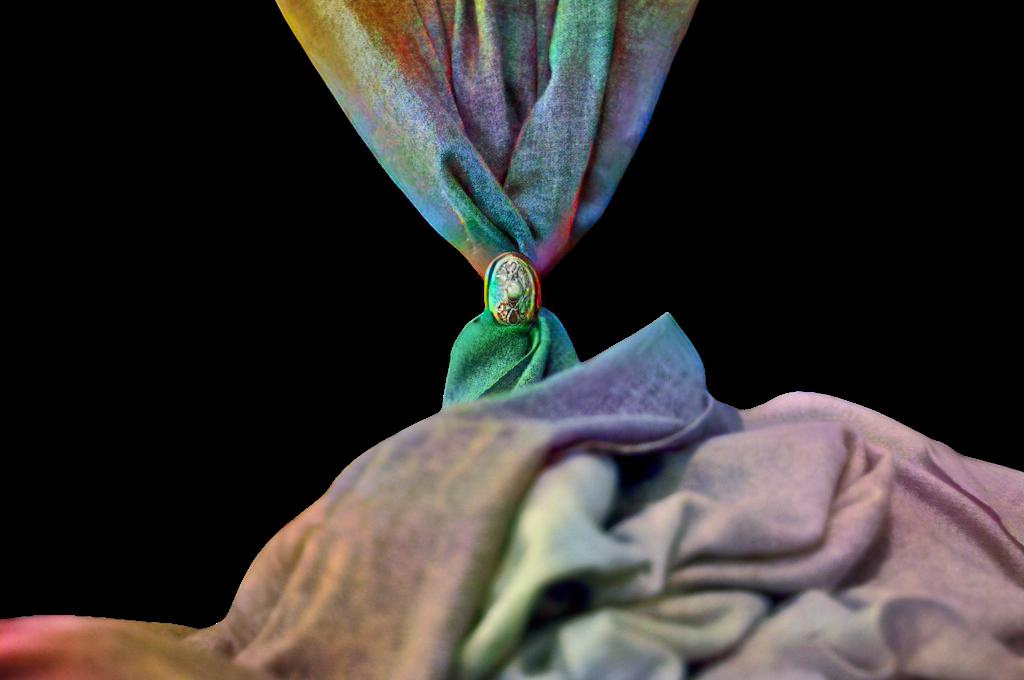 Shahtoosh through a Ring
Shahtoosh through a RingShahtoosh, known as the "King of Wool," is one of the rarest and most luxurious shawls, originating from the mountainous regions of Central and South Asia. These are the primary component of elaborately woven traditional shawls which are a product of a remarkable 600-year-old industry. Unlike Pashmina, Shahtoosh is made from the incredibly fine and delicate wool of the Tibetan antelope (chiru). The fibers, renowned for their warmth and fineness, allow a full shawl to pass easily through a ring due to the lightness of the wool.
Historically, Shahtoosh shawls were symbols of prestige among royalty and nobility. They are often woven by master artisans skilled in traditional techniques that ensure the wool retains its natural softness and warmth. Known for their minimalist style, Shahtoosh shawls are rarely dyed or embellished, focusing instead on the unmatched quality and elegance of the wool itself.
Shahtoosh shawls were originally made using the fine hair from the chin of the chiru, or Tibetan antelope. Artisans collected these soft chin hairs naturally over time to gather enough wool for a single shawl, maintaining the delicate balance with the animal’s well-being. However, as demand and commercialization surged, traders began employing illegal practices, including poaching, to obtain larger quantities of wool more rapidly. This exploitation ultimately endangered the chiru population, leading to a global ban on the production and trade of Shahtoosh shawls to protect the species.
Due to the endangered status of the chiru, Shahtoosh shawls are no longer legally produced or traded, making vintage pieces even more precious among collectors and aficionados. This ethical shift has led many to seek out alternatives like high-quality Pashmina for a similar feel without impacting wildlife.
Pashmina Shawls - Difference Between Faux and Real Pashmina
Real Pashmina is made from the undercoat of Himalayan goats and boasts exceptional softness, lightweight feel, and warmth. Faux Pashmina, however, is often made from synthetic fibers or blends like viscose or acrylic, lacking the same natural texture, breathability, and insulating properties. Authentic Pashmina carries a unique, delicate hand-spun quality, while faux versions tend to feel smoother and lack warmth.
Pashmina Shawls - How to Differentiate Between Real and Fake Pashmina
To spot genuine Pashmina, check the texture—it should be soft yet slightly uneven, indicating hand-spun fibers. Real Pashmina also passes the ring test, where the entire shawl can glide smoothly through a ring due to its fineness. Faux versions feel overly smooth, uniform, and often fail this test. Additionally, authentic Pashmina is warm to touch, whereas faux materials tend to be cooler.
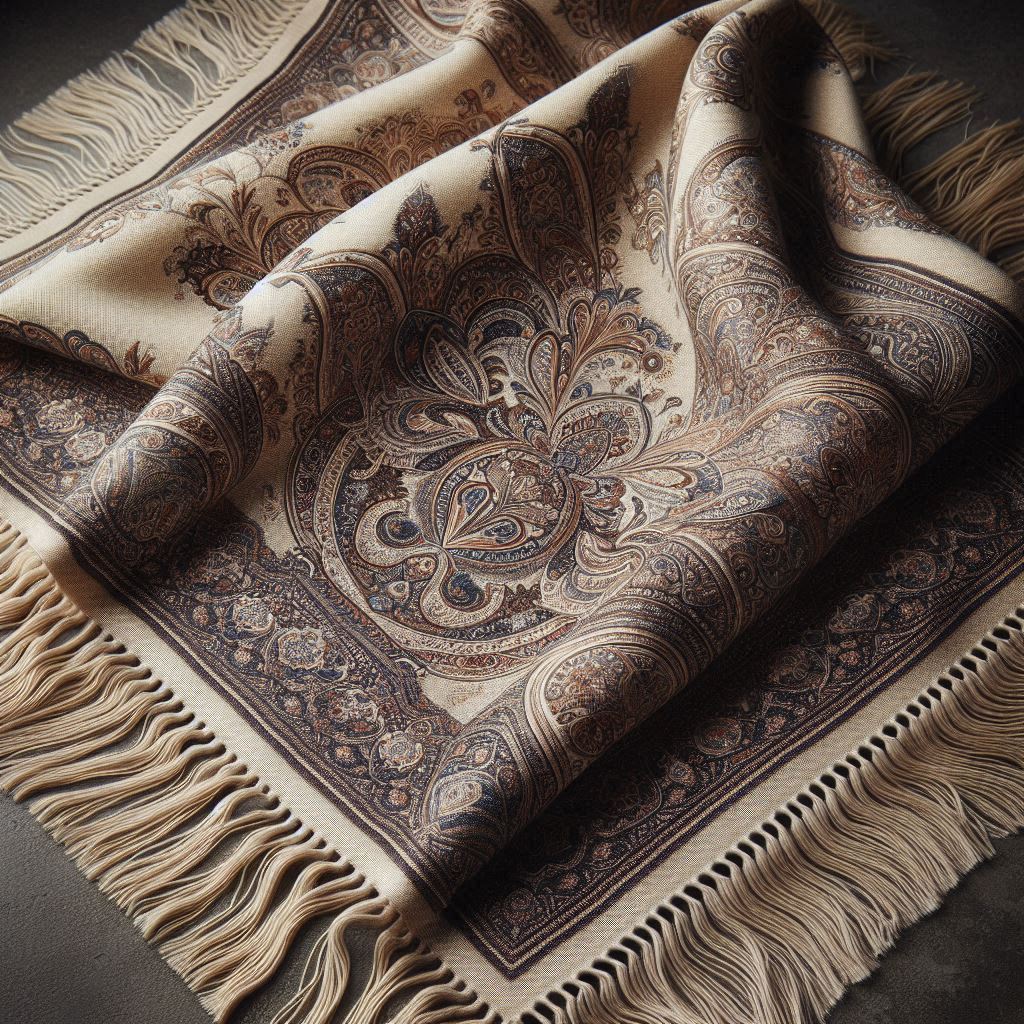 Pashmina-Shahtoosh Shawl
Pashmina-Shahtoosh Shawl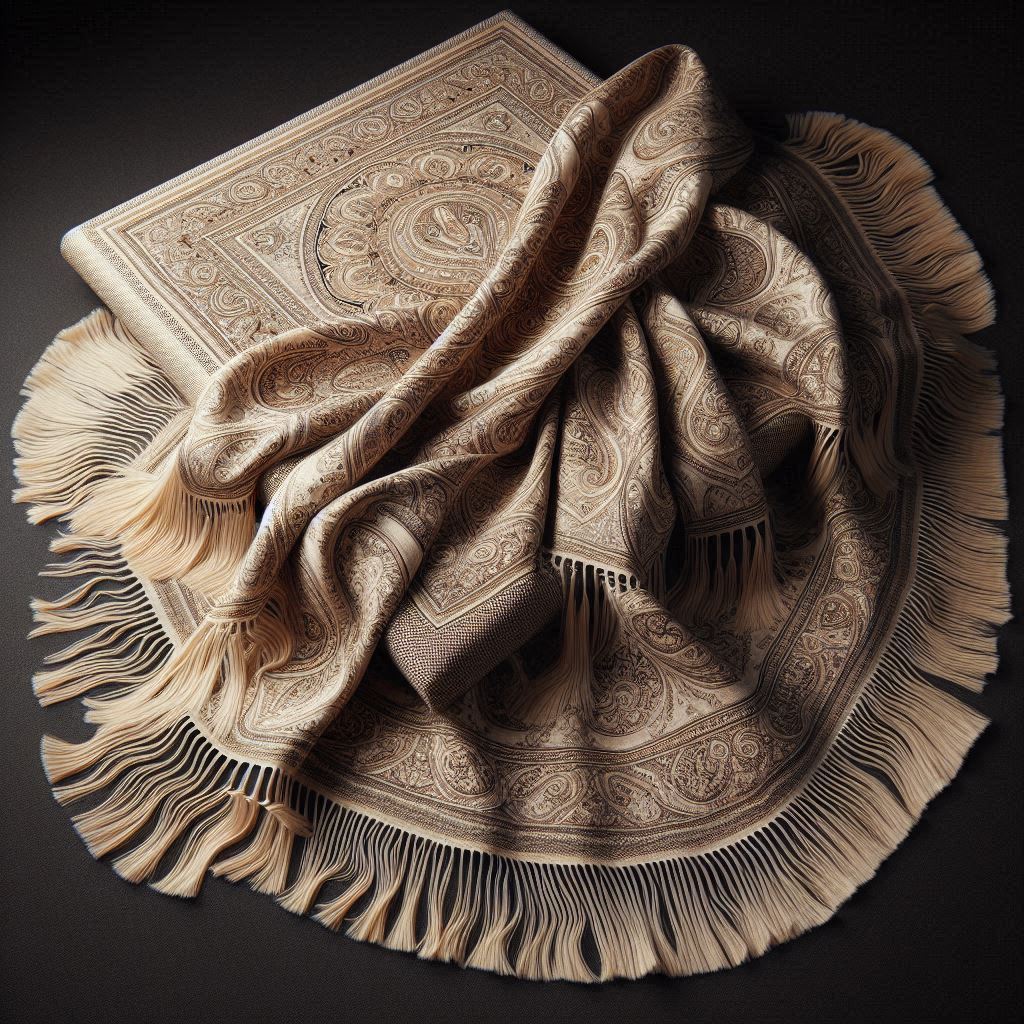 Pashmina-Shahtoosh Shawl
Pashmina-Shahtoosh Shawl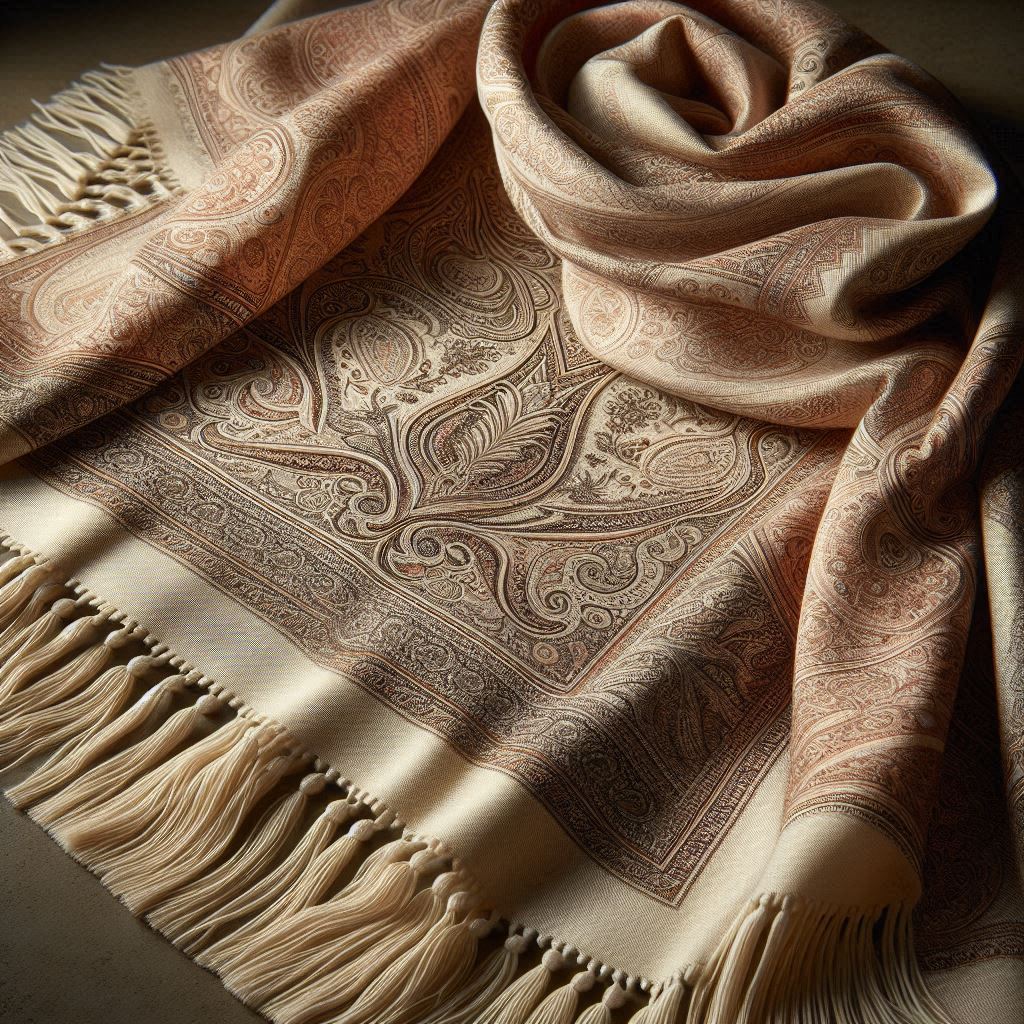 Pashmina-Shahtoosh Shawl
Pashmina-Shahtoosh Shawl- Home ›
- Products and Trades ›
- Pashmina Shawls
